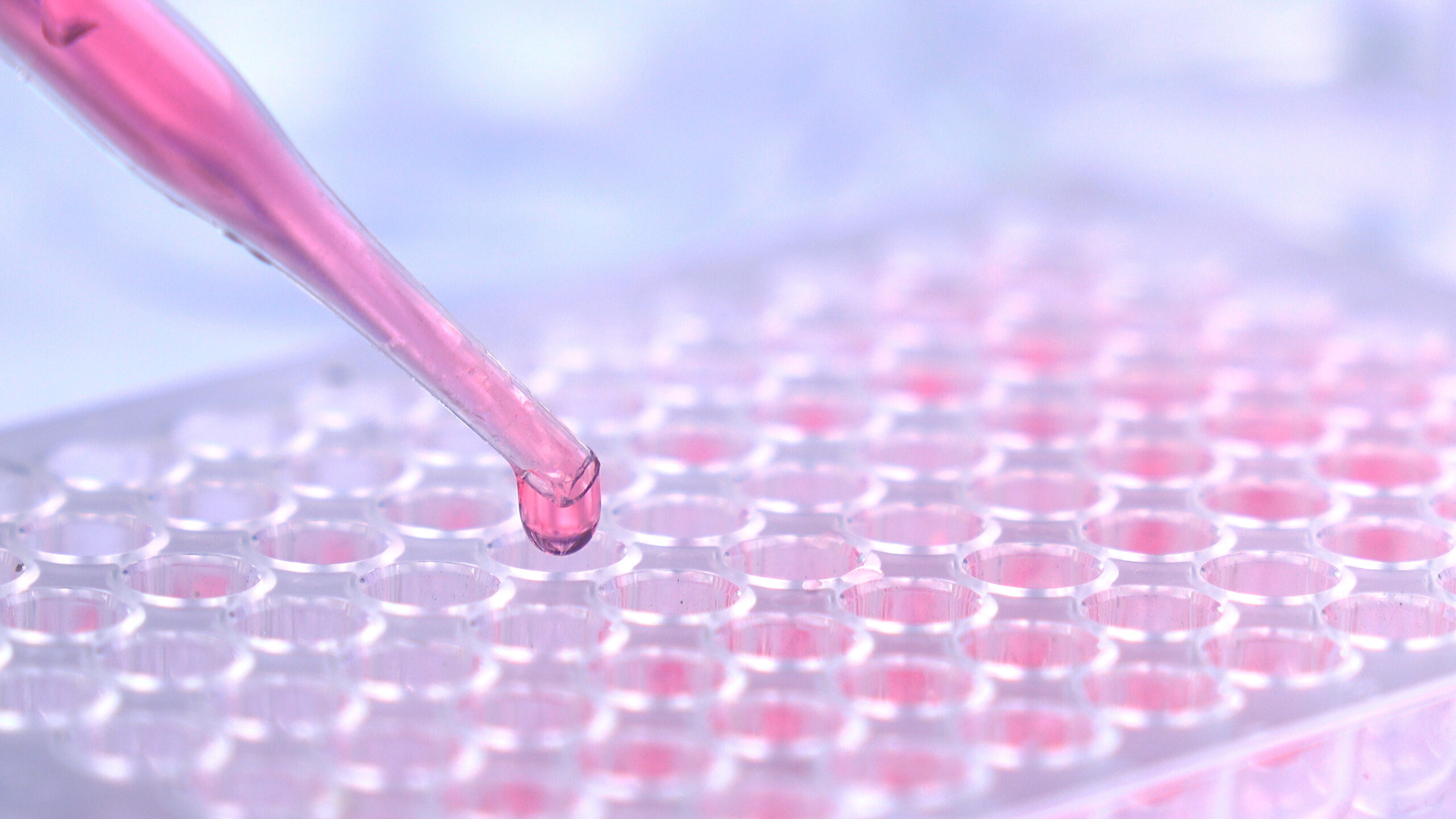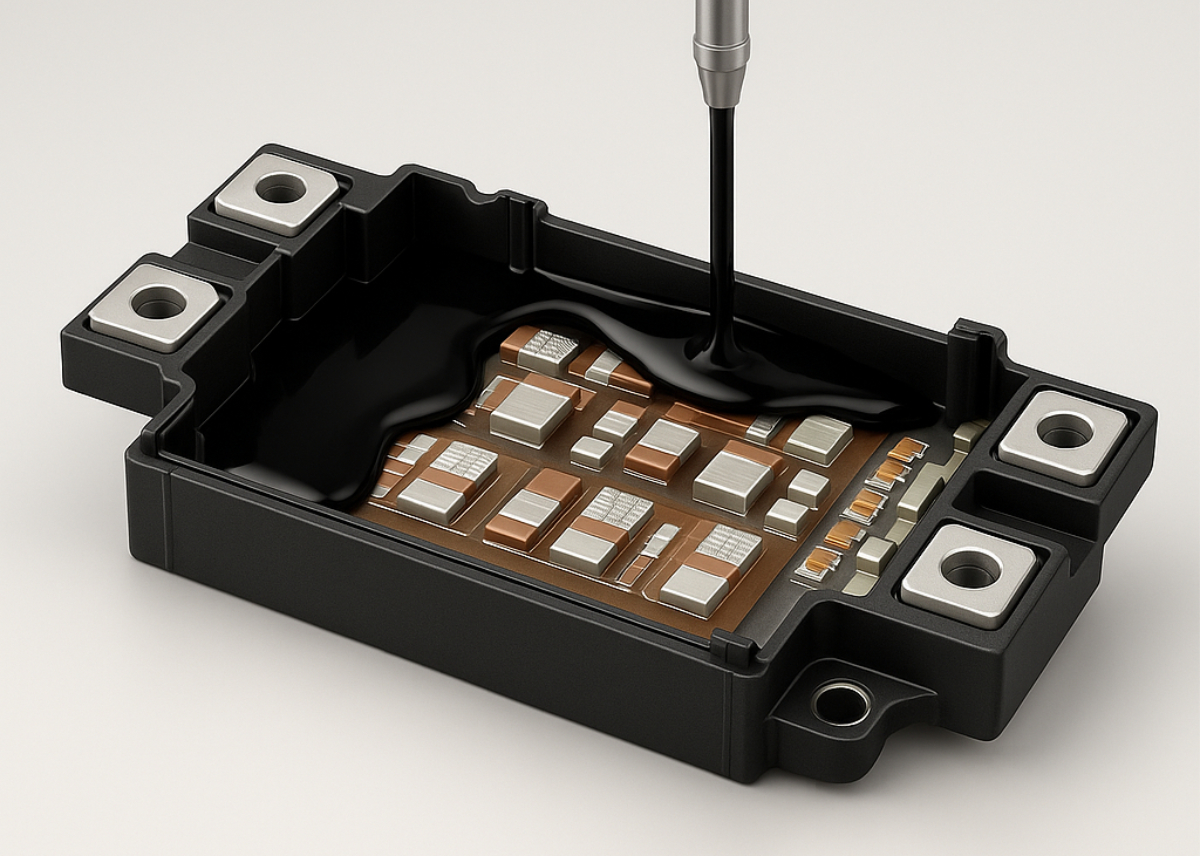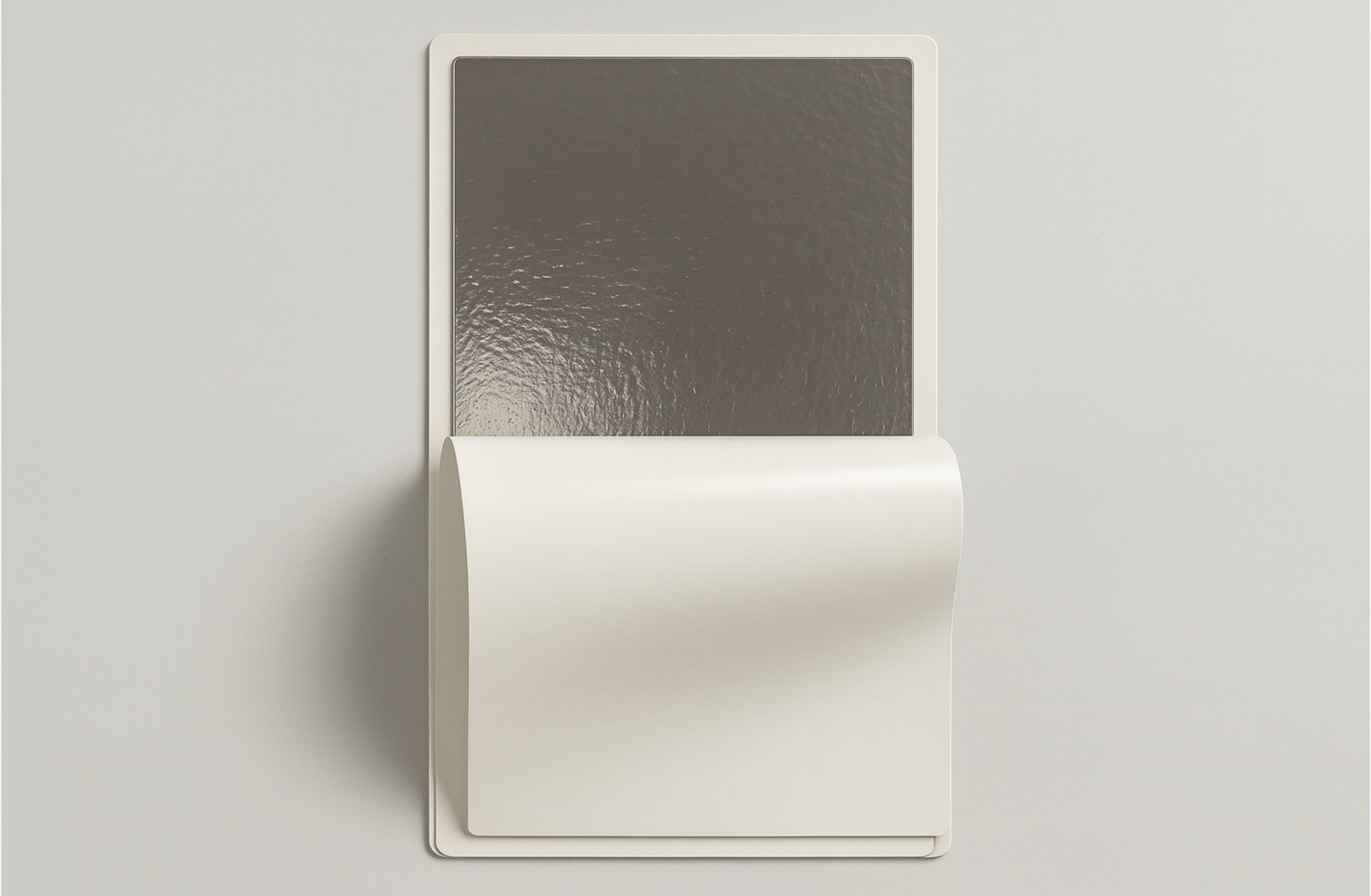Invar Steel Plate Carrier
High-stability Invar carrier for fan-out panel level packaging (FOPLP).
Ensures excellent mechanical support, low CTE alignment with silicon, and superior process flatness in advanced semiconductor manufacturing.
Precision NiFe Alloy Substrate for Advanced FOPLP Applications
NiFe steel plate, also known as nickel-iron alloy or Invar, serves as a critical carrier substrate in Fan-Out Panel Level Packaging (FOPLP) processes. Its main function is to provide mechanical support, thermal stability, and flatness throughout complex wafer-level manufacturing steps.
With a low coefficient of thermal expansion (CTE) closely matching that of silicon, NiFe minimizes warpage and mechanical stress induced by temperature fluctuations during multilayer fabrication. Its high dimensional stability and planar surface make it ideal for redistribution layer (RDL) formation, copper plating, and photolithography processes.
Depending on process requirements, NiFe steel plates can be used as temporary or permanent carriers, and removable versions can be reused, contributing to improved cost-efficiency and sustainability in semiconductor production.
NAGASE supplies NiFe steel plates for global semiconductor packaging, FOPLP, and wafer-level manufacturing applications – with reliable logistics and technical support worldwide.
Applications
NiFe steel plates are essential carrier substrates for fan-out panel level packaging (FOPLP) processes.
- Mechanical support for wafer and redistribution layer (RDL) formation
- Thermal stability through low coefficient of thermal expansion (CTE)
- Flatness control during multilayer processing such as plating or etching
- Temporary carrier for wafer transfer and packaging integration
- Reusable carrier systems for cost reduction and sustainability
Features
NiFe steel plate provides unmatched dimensional stability and mechanical reliability in advanced packaging processes.
- Low CTE – closely matches silicon for minimal thermal stress
- High flatness – ensures precise lithography and deposition accuracy
- Robust mechanical strength – supports wafers and RDL structures
- Reusable design – enables sustainable manufacturing cycles
- Global availability – supplied by NAGASE with full technical support
| Items | Elements | Specifications |
|---|---|---|
| Composition | Ni | 45–46.5 wt% |
| Fe | Balance | |
| Cu | ≤0.2 wt% | |
| Mn | 0.6–1.1 wt% | |
| Si | 0–0.3 wt% | |
| P | <0.02 wt% | |
| S | <0.02 wt% | |
| C | <0.03 wt% |
| Items | Details | Specifications |
|---|---|---|
|
Dimension (≤700mm × 700mm) |
Length | ±0.1 mm |
| Width | ±0.1 mm | |
| Thickness | 2.5 ± 0.1 mm | |
| Parallelism | ≤0.1 mm | |
| Warpage (& wobbling) | ≤1 mm |
| Items | Details | Specifications |
|---|---|---|
| Surface | Dent, Pores, Nodules, Hump |
Front < 0.02 mm Backside < 0.05 mm |
| Cracks / Scratches | Not Allowed | |
| Surface Oxidation | Not Allowed | |
| Other Visible Defects | Not Allowed |
| Items | Temperature Range (°C) | Specification (10⁻⁶/°C) |
|---|---|---|
| Coefficient of Thermal Expansion | 30~350 | 7.1~7.8 |
| 30~500 | 8.2~8.9 |
| Category | Items | Specification (10⁻⁶/°C) |
|---|---|---|
| Others | Roughness (Ra) | ≤1.0 µm |
| Hardness (HRB) | ≥70 |
| No. | Dimensions (mm) | Thickness (mm) |
|---|---|---|
| 1 | 800 × 600 | 1.5~2.6 |
| 2 | 700 × 700 | 1.5~2.6 |
| 3 | 600 × 620 | 1.5~2.6 |
| 4 | 600 × 600 | 1.5~2.6 |
| 5 | 510 × 515 | 1.5~2.6 |
| 6 | 510 × 415 | 1.5~2.6 |
| 7 | 404 × 515 | 1.5~2.6 |
| 8 | 320 × 320 | 1.5~2.6 |
| 9 | D360 | 1.5~2.6 |
| 10 | Other customized sizes | |
Frequently Asked Questions about Invar NiFe Steel Plate
What is NiFe steel plate used for in semiconductor manufacturing?
NiFe steel plates act as carrier substrates in fan-out panel level packaging (FOPLP), providing mechanical support, flatness, and thermal stability during multilayer fabrication processes.
Why is NiFe also known as Invar?
NiFe is commonly referred to as Invar due to its nickel-iron alloy composition, which gives it a very low coefficient of thermal expansion (CTE).
How does NiFe improve FOPLP process performance?
Its low CTE closely matches silicon, reducing warpage and mechanical stress caused by temperature variations during copper deposition, photolithography, and etching steps.
Can NiFe steel plates be reused?
Yes, certain NiFe carrier plates are designed for temporary use and can be detached and reused in subsequent production cycles, enhancing sustainability.
What are the key advantages of using NiFe as a carrier material?
NiFe offers superior dimensional stability, excellent flatness, and thermal compatibility with silicon wafers, making it ideal for precise, high-yield semiconductor packaging applications.




